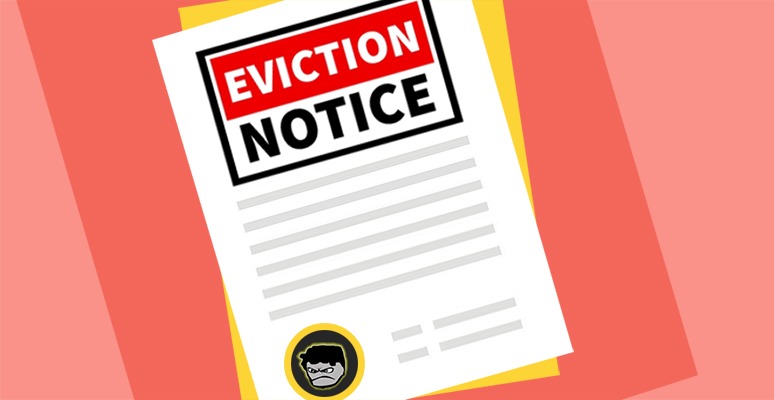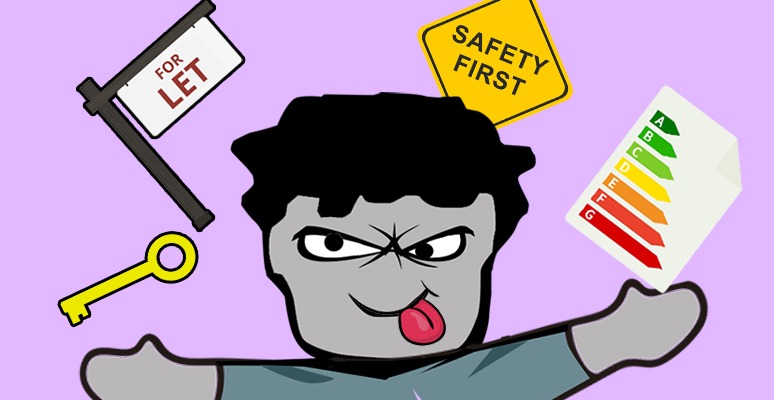
The most common types of houses in England are as follows:
- Bungalow
- Cottage
- Detached
- End of terrace
- Flat
- Semi-detached
- Terrace
Bungalow
Although people often think Bungalows and Cottages are the same, they’re actually not, although you may not always be able to tell the difference between the two at a glance.
Bungalows are low profile types of housing, as are a lot of cottages, but the distinction comes between the style, history and the price tag.
Generally, bungalows are a lot cheaper than Cottages. A bungalow is essentially a subset of the set Cottage. The word “bungalow” originates from the Indian word bangla, which in the 19th century referred to houses built in a Bengali style.
Bungalows were created when British colonial administrators adapted the classic Indian style low roofs and porches built around them. They can either be detached or semi-detached. They’re very popular in America, where they have all kinds of styles; each distinct style is often related to particular states.

Cottage
Thick walls, small windows, structural pillars, low ceilings and most distinctly a thatched roof typically characterize cottages.
Cottage’s were originally located in rural or semi-rural locations, although a lot of cottages have since been developed in cities. Originally, in the middle ages, cottages housed agricultural workers and their families. The term cottage denoted the dwelling of a cotter- peasants. However, that stereotype has since been washed away, as the traditional cottage look is now sort after, making them an expensive purchase.
Cottages are houses that usually come with one and half storeys. The top floor is much smaller than the ground floor, as the pillars used to hold up the structure take up a lot of the living space. The thick, dark, classic timber pillars are usually what characterises a cottage. They’re a huge focal point of the property, as they’re located throughout the property, on display to give a classic ‘village’ look. Like with bungalows, the structuring of cottages varies from country to country.

Detached
A detached house is a single standing property that doesn’t share any walls with any other structure. Due to the isolation of the property, they’re usually more “private” and generally more expensive than any other type of house.

End of Terrace
An end of terrace house is a house situated at the end of a terrace (the definition of a “terrace” house is below). Like a semi-detached house, only one side of the house shares a common wall, while the other is detached.

Flat
A flat is a living area that is self-contained within only part of a building. Usually, a flat is situated in a building that is split up into multiple living areas for different residents.
Flats are generally the primary housing solution in inner cities and metropolitan areas, because of the obvious space saving advantages of building vertically!

Semi-detached
A semi-detached house is a pair of houses joined together by a common wall. One side of each house shares a common wall, while the other is detached.

Terrace
A terrace house is a house that is situated in a long row of houses. They all usually look the same- pretty much identical structurally. Both sides of each house in the row share common walls with a neighbouring house, with the exception of the houses at each end of the terrace.

Disclaimer: I'm just a landlord blogger; I'm 100% not qualified to give legal or financial advice. I'm a doofus. Any information I share is my unqualified opinion, and should never be construed as professional legal or financial advice. You should definitely get advice from a qualified professional for any legal or financial matters. For more information, please read my full disclaimer.


 Landlord Products / Services
Landlord Products / Services


























I don't have a comment to make but I do have a question to ask!
Is one better off buying a end of terrace house instead of a semi detached house? If so, what are the benefits? Do the EOTs have same prestige attached to them as the semi detached properties?
I am looking for some insight into these types of properties.